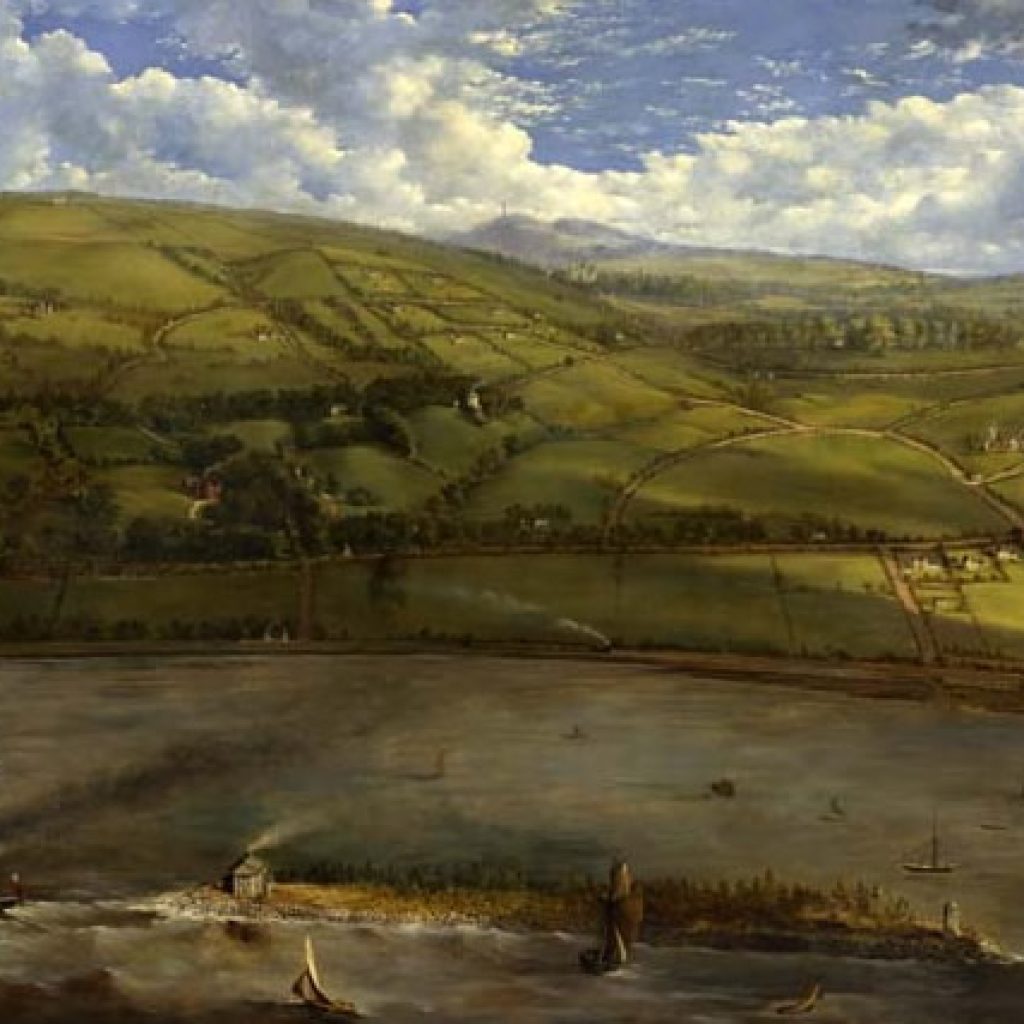Belfast Harbour’s origins can be traced back to the early 17th century when it was incorporated as a borough by royal charter under the reign of James I. The charter included provisions for the construction of a wharf or quay, which led to the development of a small quay at the confluence of the Farset and Lagan rivers. However, the port was not as large as Carrickfergus, a more established port at the time.
Trade in Belfast continued to grow, and by 1663, the town owned 29 vessels with a total tonnage of 1,100 tonnes. To better govern the expanding port, the Irish Parliament passed an act in 1785, which established a new governing body called the Corporation for Preserving and Improving the Port of Belfast, also known as the Ballast Board. The Board’s primary objective was to solve issues caused by shallow water, bends in the channel approach, and inadequate quays.
In 1837, a new government act was passed due to the increasing volume of trade and persistent issues with the port’s infrastructure. Work began in 1839 on straightening the river and constructing the Victoria Channel. In 1847, the Belfast Harbour Act was passed, which repealed previous acts and established the Belfast Harbour Commissioners, a 17-strong body with broader powers to oversee the development of the port. The Commissioners were responsible for finishing the first channel, creating new ones, reclaiming land to accommodate new quays, promoting new business, and adopting new shipping and cargo-handling technology.
Today, Belfast Harbour is a world-renowned port that reflects the foresight and commitment of successive generations of Harbour Commissioners. Over the years, the Commissioners have continued to develop and improve the port by creating new quays, accommodating new trades, and adopting new shipping and cargo-handling technology. The construction of the port is a testament to the ambitious and meticulous planning and millions of hours of manual labor that created something many thought was impossible.
TRANSFORMING
On July 10th, 1849, William Perrie, a member of the Belfast Harbour Commissioners Board, officially opened the new Victoria Channel. This day is considered by many as a pivotal moment in the modernization of the Belfast port. The trust board has been responsible for building new quays, terminals, wharfs, and roads for over three centuries.
Following the opening of the Victoria Channel, the Commissioners approved the construction of a new shipyard on the man-made Dargan’s Island four years later. The island was later renamed Queen’s Island and is now undergoing a regeneration project as the Titanic Quarter.

In 1930, the new Herdman Channel was completed, creating the recognizable ‘trident’ of waterways that can be seen from above. Eight years later, the Harbour Airport was opened, built on 365 acres of reclaimed land on the Sydenham foreshore, and the first planes took off from it.
During World War II, Belfast Harbour was severely damaged by German bombers on April 15, 1941. However, it was able to recover quickly, and in 1950, the first roll-on-roll-off ferry service in the UK began from Pollock Basin, continuing the legacy of transformation.
In 1957, work began to further widen and deepen the Victoria Channel and Musgrave Channel turning circle. The following decade saw the opening of the massive Belfast Dock and Harland & Wolff ‘Building Dock,’ which featured the first of the city’s two iconic yellow cranes.
A MODERN PORT AND ESTATE
In the year 2000, Victoria Terminal 1 was opened on reclaimed land north of Richardson Wharf, with terminals 2, 3, and 4 following in 2007. Terminals 1 and 3 were utilized for container services, while terminals 2 and 4 were used for passenger services. That same year, the £120m Odyssey Arena and Pavilion opened, becoming Northern Ireland’s largest-ever engineering project and a multi-purpose indoor venue for concerts, shows, sports events, exhibitions, and concerts. The venue is now known as the SSE Arena and remains the largest indoor venue in Ireland.
In 2003, the Holywood Exchange retail development opened, followed two years later by Titanic Studios, which is now one of Europe’s largest film studios. Other significant developments, including the Public Record Officer and the Belfast Metropolitan College Campus, followed before the opening of Titanic Belfast in 2012. This £97m centrepiece of Titanic Quarter is one of the world’s greatest tourist attractions.
In the following year, the largest construction project ever undertaken at Belfast Harbour – the £50m D1 Offshore Wind Terminal – was completed in record time. As we move through the third decade of the new century, work continues on City Quays, an ambitious eight-hectare £275m property and waterfront regeneration development in the Clarendon Dock area.
The Commissioners and Board’s principal aim is “to leave behind something better than they inherited,” and they have achieved that with extensive property sites of 1,950 acres of port operations development projects and nature conservation. The Harbour Estate covers an area of 2,000 acres, representing 20% of Belfast City area, and is now home to high-quality commercial real estate and a diverse community of businesses in sectors such as financial and IT services, R&D, film production, engineering, and aerospace manufacturing, employing more than 27,000 people.
The development of commercial property and residential real estate in recent years has transformed the waterfront area of the city since the days when Sailortown was Belfast’s first waterfront “village,” and vessels berthed on Donegall Quay. The Harbour Estate has been home to people since its first residential development, The Arc at Titanic Quarter, opened in 2009, comprising nearly 500 apartments and several retail units.
Short-term visitors can also take advantage of award-winning accommodations, including The Titanic Hotel and the AC Marriott, which is part of the City Quays development.


0 Comment